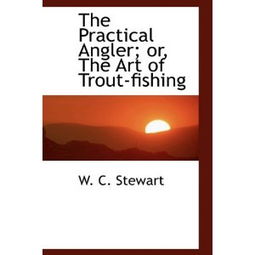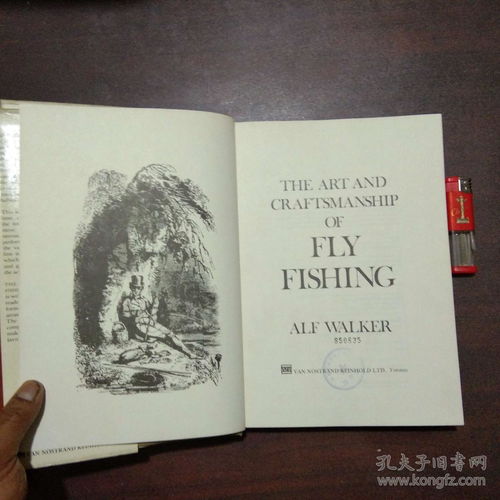Content:
Fishing on muddy and rugged paths can be a challenging endeavor, but with the right techniques and mindset, it can also be a highly rewarding experience. The unpredictable nature of such environments can test the patience and skill of even the most seasoned anglers. In this article, we will delve into the essential tips and tricks for successfully fishing on muddy and rugged paths.
Choose the Right Equipment
The first step in mastering the art of fishing on muddy and rugged paths is to ensure you have the right equipment. Here are some key pieces of gear to consider:

- Rod and Reel: Opt for a rod and reel that are designed for the type of fish you're targeting. A medium-heavy action rod with a durable reel will help you handle the heavier lines and stronger fish often found in such environments.
- Line: Use a strong, abrasion-resistant line, such as monofilament or braid, to withstand the rough terrain and potential snags.
- Hooks: Choose hooks that are suitable for the size and type of fish you're aiming to catch. Larger hooks may be more effective in muddy waters where smaller prey may be scarce.
- Lures and Baits: Use lures and baits that mimic the natural food sources in the area. Live bait can also be effective, but make sure it's suitable for the conditions and the fish you're targeting.
Scout the Area
Before you start fishing, take some time to scout the area. Look for signs of fish activity, such as baitfish, bird activity, or fish jumps. Pay attention to the terrain and identify potential spots where fish might hold up, such as rocks, logs, or vegetation.
Cast with Precision
In muddy and rugged terrain, casting with precision is crucial. Here are some tips to help you improve your casting technique:
- Keep a Low Profile: Cast from a low position to reduce the risk of snags and to keep your casts more controlled.
- Use a Short Cast: In tight spaces, a short cast can be more effective than a long one. It allows you to place your lure exactly where you want it without worrying about it getting snagged.
- Adjust for Wind: Wind can be a significant factor on muddy paths. Adjust your casting angle and power to compensate for the wind's direction and strength.
Be Patient and Observant
Fishing on muddy paths often requires patience. Fish may be less active or harder to spot due to the murky water. Here are some tips to help you stay patient and observant:
- Wait for the Right Conditions: If the water is too murky, wait for a period of calm or for the water to clear before you start fishing.
- Observe the Water: Look for subtle movements in the water that could indicate the presence of fish. Even a slight disturbance can be a sign of fish activity.
- Stay Quiet: Avoid making loud noises that could spook fish. Speak softly and move cautiously.
Adapt Your Technique
Fishing on muddy paths often requires adapting your technique to the conditions. Here are some tips to help you do so:
- Change Your Lure Presentation: In murky water, fish may be more sensitive to sudden movements. Use slower and more subtle retrieves to avoid spooking them.
- Use a Variety of Techniques: Experiment with different techniques, such as still fishing, slow rolling, or twitching, to see what works best in your specific environment.
- Adjust Your Bait Selection: If you're using live bait, try different types of bait to see which one is most effective in the current conditions.
Maintain Your Equipment
Muddy water can be particularly harsh on your equipment. Regularly clean and maintain your gear to ensure it remains in good working order. Here are some tips:
- Clean Your Gear: After each fishing trip, rinse your equipment with fresh water to remove mud and debris.
- Inspect Your Line: Regularly inspect your line for signs of wear and tear. Replace it if it's frayed or damaged.
- Store Your Gear Properly: Keep your fishing gear in a dry, cool place to prevent rust and corrosion.
By following these tips and tricks, you'll be well on your way to mastering the art of fishing on muddy and rugged paths. Remember, patience, practice, and a willingness to adapt are key to success in these challenging environments. Happy fishing!












